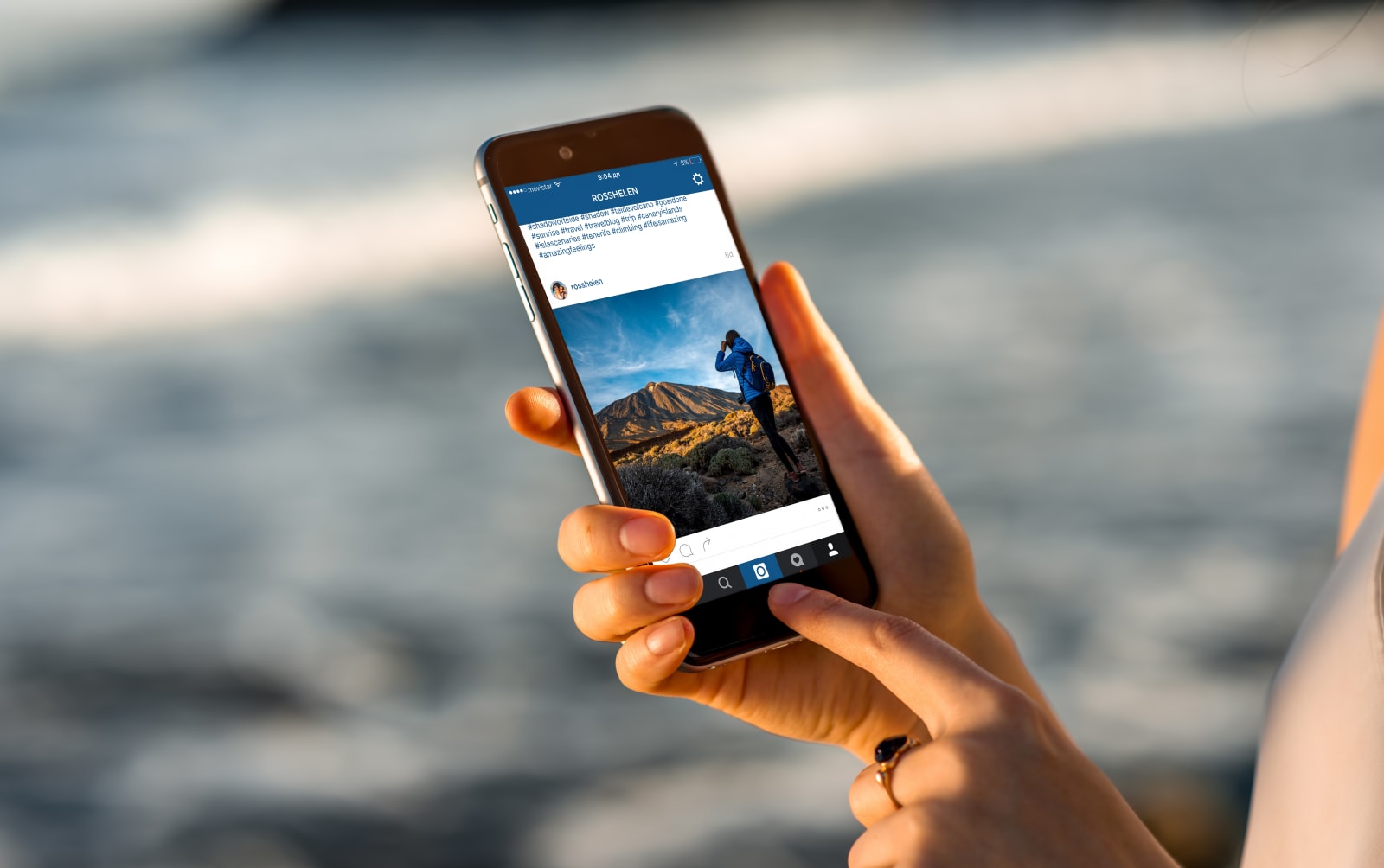Tag Archives: VoiceCall
Slack adds Microsoft Teams video call options
 It seems more of us than ever are relying on video calling apps to chat with friends, family and colleagues. Slack, for example, has seen a huge increase in calls made and received through its app in the last month amid the COVID-19 pandemic. Startin...
It seems more of us than ever are relying on video calling apps to chat with friends, family and colleagues. Slack, for example, has seen a huge increase in calls made and received through its app in the last month amid the COVID-19 pandemic. Startin...
Hidden Instagram code hints at voice and video call feature
 Instagram might be able to offer everything you need to keep in touch with friends in the future. TechCrunch has discovered hidden codes and icons for "Call" and "Video Call" in the platform's and its standalone Direct messaging app's Android APKs. I...
Instagram might be able to offer everything you need to keep in touch with friends in the future. TechCrunch has discovered hidden codes and icons for "Call" and "Video Call" in the platform's and its standalone Direct messaging app's Android APKs. I...
Orii smart ring turns your fingertip into a Bluetooth earpiece
 While modern Bluetooth earpieces are more compact than ever, chances are you'll still need to leave at least one stuck in your ear. This can get uncomfortable over time, not to mention the dorkiness that's been haunting this form factor since day one...
While modern Bluetooth earpieces are more compact than ever, chances are you'll still need to leave at least one stuck in your ear. This can get uncomfortable over time, not to mention the dorkiness that's been haunting this form factor since day one...
Switched On: Tablets offer a new choice for voice
Each week Ross Rubin contributes Switched On, a column about consumer technology.
The term "phablet" has always been, at best, a relative descriptor. It kicked in with the release of the original Galaxy Note even though the voice-enabled Dell Streak had beaten that product to market. And while the portmanteau raises the question of whether there is any meaningful difference between a phone and tablet other than size, all it means is "a big phone."
Up until recently, and barring the use of Bluetooth headsets, the constraints defining the upper practical limit of a phone included the ability to fit into a pocket and be held against the side of an (adult) head to facilitate a voice call. At Mobile World Congress in Barcelona, two companies smashed through at least the first of those criteria. Twisting the name of the PadFone, which extended the screen of a handset to that of a 10-inch tablet by use of a touchscreen shell enclosure, ASUS introduced the FonePad.
Filed under: Cellphones, Tablets, Samsung, Google, Amazon
